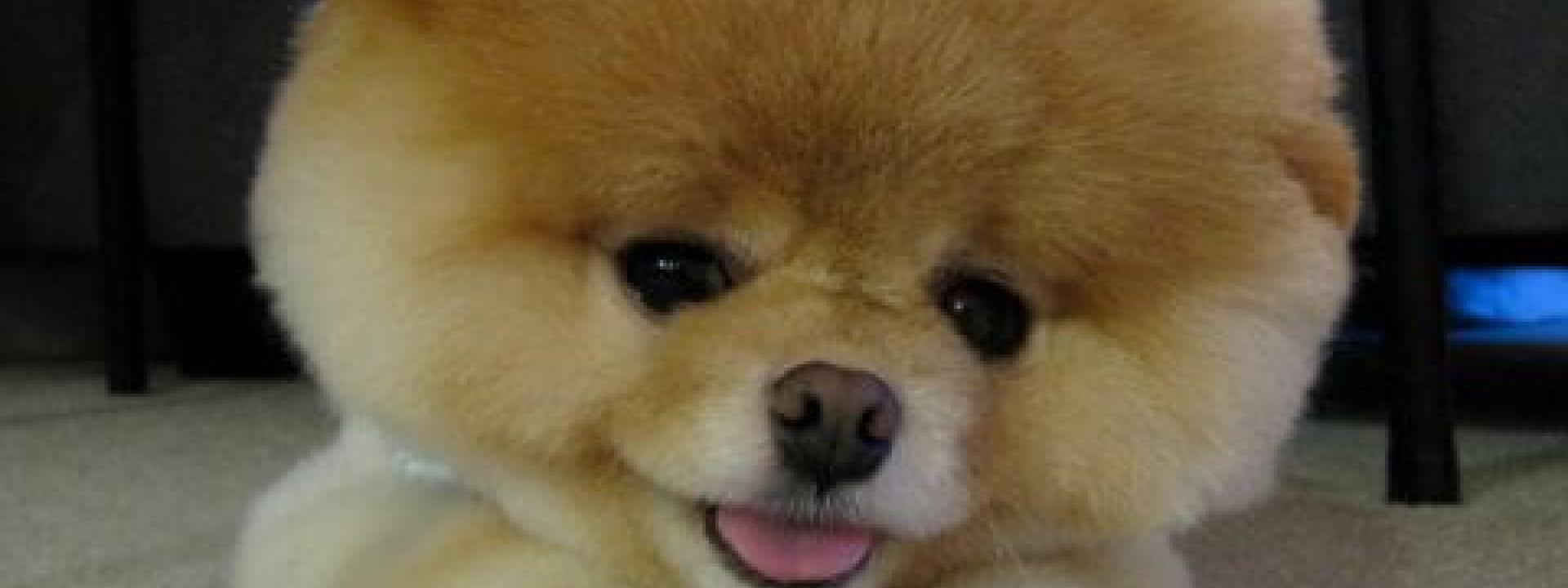When your pet suddenly loses his appetite, it can be concerning—particularly if you’ve got a regular chowhound on your hands. Reluctance to eat, also called inappetence or anorexia, can be caused by a number of serious conditions, so if you notice your dog or cat has lost interest in food, it’s best to contact your veterinarian to get to the heart of the problem right away.
Why Won’t My Pet Eat?
Loss of appetite often points to a physical problem, such as chronic pain or illness, but it can also be attributed to several psychological issues, like stress caused changes in routine, diet, or environment.
Other common causes of inappetence in dogs and cats include:
- Dental disease
- Gastrointestinal (GI) obstruction
- Undesirable food
- Nausea
- Medication side effects
- Toxicity
An important distinction to make when considering these causes is whether your pet doesn’t want to eat (shows little to no interest in food) or can’t eat (expresses interest in food, but is reluctant or has difficulty eating). This can help you and your veterinarian narrow down and correct the underlying condition.
How Is Inappetence Diagnosed?
Given the vast number of potential causes, treating inappetence requires first gathering enough information to correctly identify the problem. To do this, your veterinarian will perform:
- A detailed medical history: Your veterinarian will ask about your pet’s symptoms, health status, and lifestyle. Be prepared to discuss your pet’s diet and regular eating habits, as well as any changes you may have noticed in his behavior.
- A thorough nose-to-tail examination: A complete physical exam allows your veterinarian to evaluate all parts of your pet’s body for abnormalities, which can help uncover important clues about the cause of his inappetence.
- Diagnostic testing: Lab tests and diagnostic imaging, such as X-rays or an ultrasound, can provide valuable information about your pet’s overall health and changes (such as inflammation or infection) that could contribute to a decreased appetite.
How Is It Treated?
In most cases, inappetence resolves once the underlying problem has been identified and corrected. For example, a pet experiencing a decreased appetite due to a broken tooth should quickly return to his normal eating habits after having the tooth extracted.
Sometimes, however, the transition is a little slower and additional treatment may be required to manage related symptoms, such as dehydration or nausea.
If your pet still needs a little encouragement, you may also need to make a few changes at home. With your veterinarian’s guidance, you can try cooking or hand feeding your pet’s meals, gently warming canned food, or adding a bit of low-sodium broth or baby food to his existing diet.
Not sure if your pet’s just a picky eater or it’s something more serious? Don’t wait—any change in your pet’s eating habits should be discussed with your veterinarian as soon as possible. If your pet hasn’t eaten for 24 hours, contact us or schedule an appointment.

